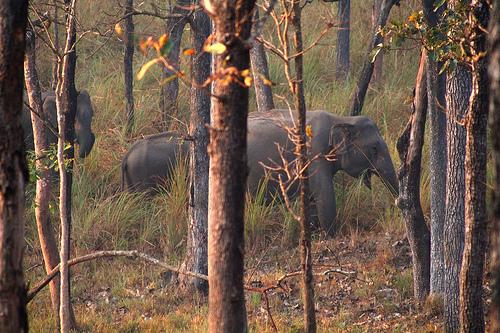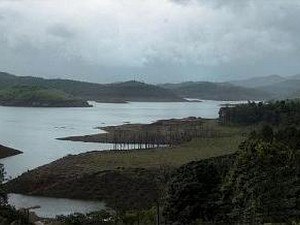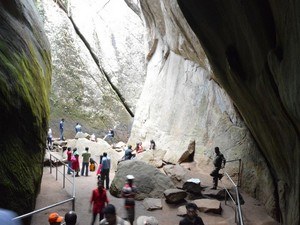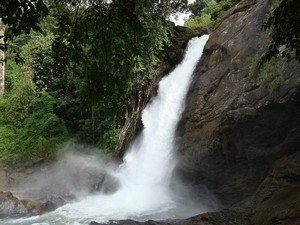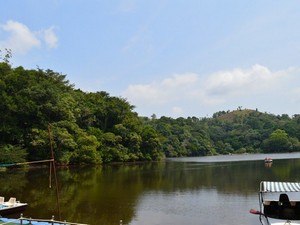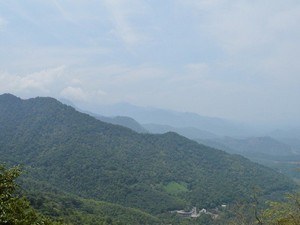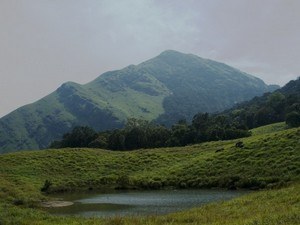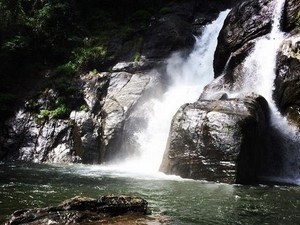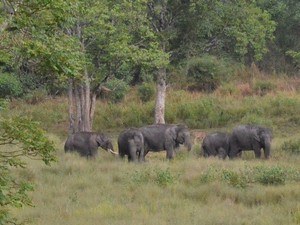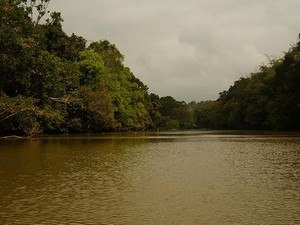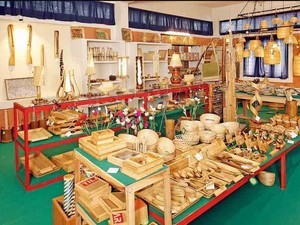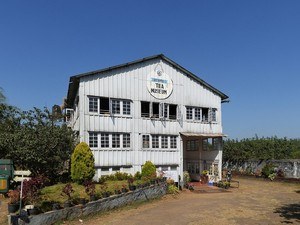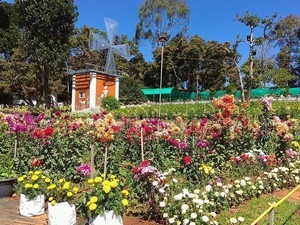Wayanad Wildlife Sanctuary - Tholpetty, Wayanad - Timings, Entry Fee, Safari Cost, Safari Booking, Best Time to Visit
 #37 of 48 Places to Visit in Wayanad
#37 of 48 Places to Visit in Wayanad
 Distance (From Wayanad): 39 Kms
Distance (From Wayanad): 39 Kms
 Trip Duration (Including Travel): 4 Hours/Half Day
Trip Duration (Including Travel): 4 Hours/Half Day
 Transportation Options: Bus / Cab
Transportation Options: Bus / Cab
 Travel Tips: 1. Mananthavady is considered as the headquarters of Lower Wayanad WLS.
Travel Tips: 1. Mananthavady is considered as the headquarters of Lower Wayanad WLS.
2. Animal sighting is best in the early morning or evening.
3. Hiring a guide is mandatory to go for safaris into the sanctuary.
At a distance of 12 km from Nagarhole National Park, 12 km from Irupu Falls, and 39 km from Kalpetta, Tholpetty Wildlife Sanctuary, also known as Wayanad Wildlife Sanctuary, is a sanctuary and Elephant Reserve in the Wayanad district of Kerala. It is one of the must include places in India wildlife tours and among the best Wayanad tourist places.
Established in 1973, Wayanad Wildlife Sanctuary was brought under the Project Elephant in the year 1991-92. The sanctuary is bordered with Nagarhole WLS & Bandipur WLS in Karnataka and Mudumalai WLS in Tamilnadu. Occupying an area of 345 sq. km, Wayanad WLS is the second largest WLS in Kerala and is now an integral part of the Nilgiri Biosphere Reserve. The sanctuary was set up with an objective of conserving the biological heritage of the region with due consideration to the general life style of tribes and others whose lives are dependent on the forest. The Western Ghats, Nilgiri Sub-Cluster, including all of the sanctuary, is under consideration by the UNESCO World Heritage Committee for selection as a World Heritage Site.
Among the best sanctuaries near Kozhikode, the sanctuary is divided into two separate parts, known as Upper Wayanad WLS and Lower Wayanad WLS. Upper Wayanad WLS at Tholpetty is known as Tholpetty Wildlife Range and Lower Wayanad WLS at Muthanga is known as Muthanga Wildlife Range. The sanctuary boasts of a large number of elephants nearly 900. Other animals of this sanctuary include Tigers, Panthers, Monkeys, Wild Dogs, Bisons, Deer, Bears, different types of snakes and Monitor lizards. The sanctuary houses various types of birds like Cuckoos, Peacocks, Babblers, Owls, Woodpeckers and Jungle Fowls. Peacocks and Peafowl tend to be very common in the area.
The Sanctuary is covered with moist deciduous teak forests and semi evergreen tree pastures. The floral variety of the park range from Teak, Bamboo, Maruthu, Karimarithi, Rosewood, Venteak, Vengal, Chadachi, Mazukanjirarn to Veteria indica, Lagerstroemia, Lanceolta, Terminalia Paniculata.
Entry to the sanctuary is only permitted as part of a jeep safari. The forest department has arranged two hour jeep safaris into the sanctuary from the entrance. This is an excellent option to remain safe as well as increase the chances of animal sighting. Visitors can take their own vehicle inside the park up to 20 Km and enjoy the surroundings. Prior permission is required to be taken from the Forest Department for this purpose. Visitors also need to take along a guide provided by the Forest Department compulsorily. Guided treks are also available (daily 8 AM -1 PM).
The forest department maintains many of the lodges and the rest houses in the vicinity of the Wayanad Wildlife Sanctuary. Mananthavady is considered as a base which provides several accommodation options.
The best time to visit the Sanctuary is from November to March. The sanctuary is closed some times during the monsoon season from June to August, so better to confirm the status of the park before planning the trip.
For more information contact: Wildlife Warden, Sultan Bathery, Tel +91 (0)4936 220454
Asst. Wildlife Warden, Tholpetty, Tel +91 (0)4935 240233)
Entry Fee: Rs. 10 for Indians, Rs.100 for Foreigners, Rs.150 for Heavy Vehicle, Rs.50 for Light Vehicle, Rs.25 for Camera, Rs.150 for Video, Rs.100 for Guide and Rs. 300 per person for Jeep Safari.
Timings: 7 AM - 10 AM and 3 PM - 5 PM



